Khan Younis, Gaza — On International Children’s Day, eight-year-old Sila Madi lies motionless on a hospital bed in Khan Younis. Her gaze is fixed on the space where her legs used to be. Her eyes are hollow. Her voice is barely a whisper.
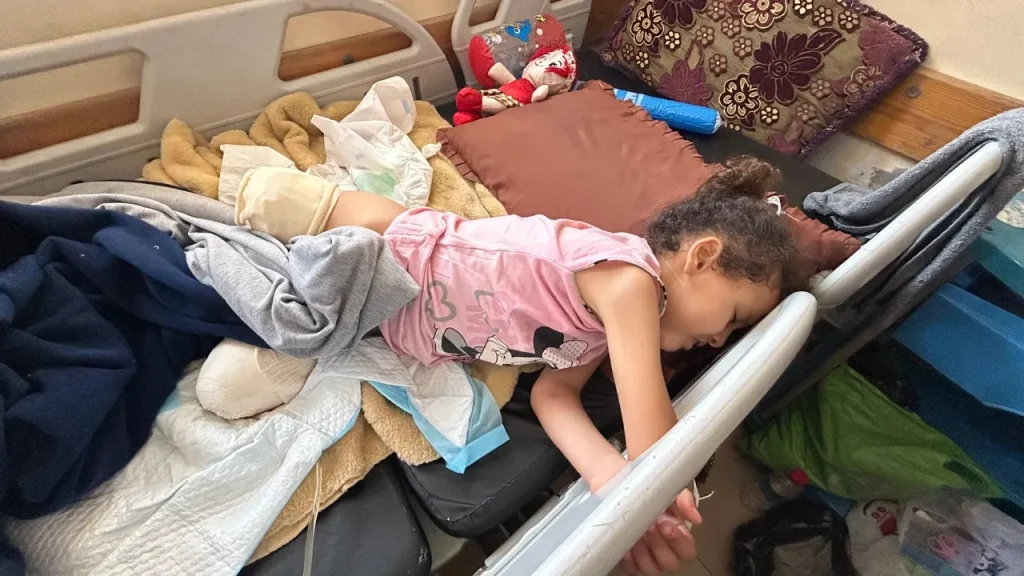
An Israeli airstrike on May 17 destroyed her life.
A Child Torn Apart
Sila had been sheltering with her family in tents in Al-Mawasi, fleeing violence in Rafah. The bomb came without warning, tearing through the makeshift encampment. It hurled her tiny body into the air. Her right leg was blown off. Days later, rescuers found the severed limb in the rubble.
Then came the second blow.
An infection spread through her remaining leg. With Gaza’s health system in ruins, doctors had no choice but to amputate again. Now, she has no legs. No prosthetics. No rehabilitation. No future.
“God didn’t want my legs! Why did you cut them? How will I walk now?” she cries to her father.
Her father, Nidal Madi, crumbles under her scream.
Thousands of Sila’s
Sila is not alone. According to Gaza’s Health Ministry, as of April 2025, there have been 4,700 amputations since October 2023. Of those, at least 846 are children. The real number is likely higher.
“These aren’t battlefield wounds,” says Walid Hamdan, head of physical therapy at the Health Ministry. “These are children. Blown apart in their homes. In tents.”
At least 200 children now suffer permanent spinal injuries. Others have lost arms, feet, or eyesight. UNICEF confirms that Gaza has the world’s highest per capita number of child amputees.
A Healthcare System in Collapse
Even before the war, Gaza’s healthcare system was fragile. Today, it’s nearly nonexistent.
At least 94% of hospitals have been damaged or destroyed, says the World Health Organization. The few that remain are overwhelmed, under-resourced, and barely functional. Wounds that would normally heal now turn septic. Minor injuries lead to amputations and death.
Children face the worst. Malnutrition has left their bodies weak. Starvation slows healing and raises the risk of infection. Gaza’s only remaining prosthetic center is barely functioning. Mobility aids—wheelchairs, crutches, walkers—are nowhere to be found.
No Way Out
In the same attack that maimed Sila, her mother lost several toes. Her sister Rahaf, just 18, lost a leg. They were among thousands displaced by the bombardment. That day, nine members of their extended family were killed.
“My mother, my brother, his wife… gone,” says Madi. “Eleven more wounded. It was a massacre.”
He has contacted every agency he can think of—NGOs, the UN, foreign hospitals. No one can help. No country is accepting patients from Gaza. Borders are sealed.
“I’m helpless,” Madi says, staring at his daughter’s silent form. “Every door is shut.”
A Global Failure
The international community has watched this unfold in real time—and done nothing. The blockade remains. Aid is limited. Supplies don’t reach hospitals. Prosthetics are not allowed in.
World leaders issue statements. But Gaza’s children lie in tents, broken, bleeding, forgotten.
“Children like Sila need urgent rehab,” Hamdan pleads. “But there’s no funding, no equipment, and no safe place to heal.”
Conclusion: Beyond the Numbers
Sila no longer speaks. Her body survived. Her spirit did not.
Her story, like thousands of others, will never trend. It won’t make headlines for long. But for those who still care, it must serve as a call to action.
Because no child should lose both their legs—and their future—with the world watching in silence.

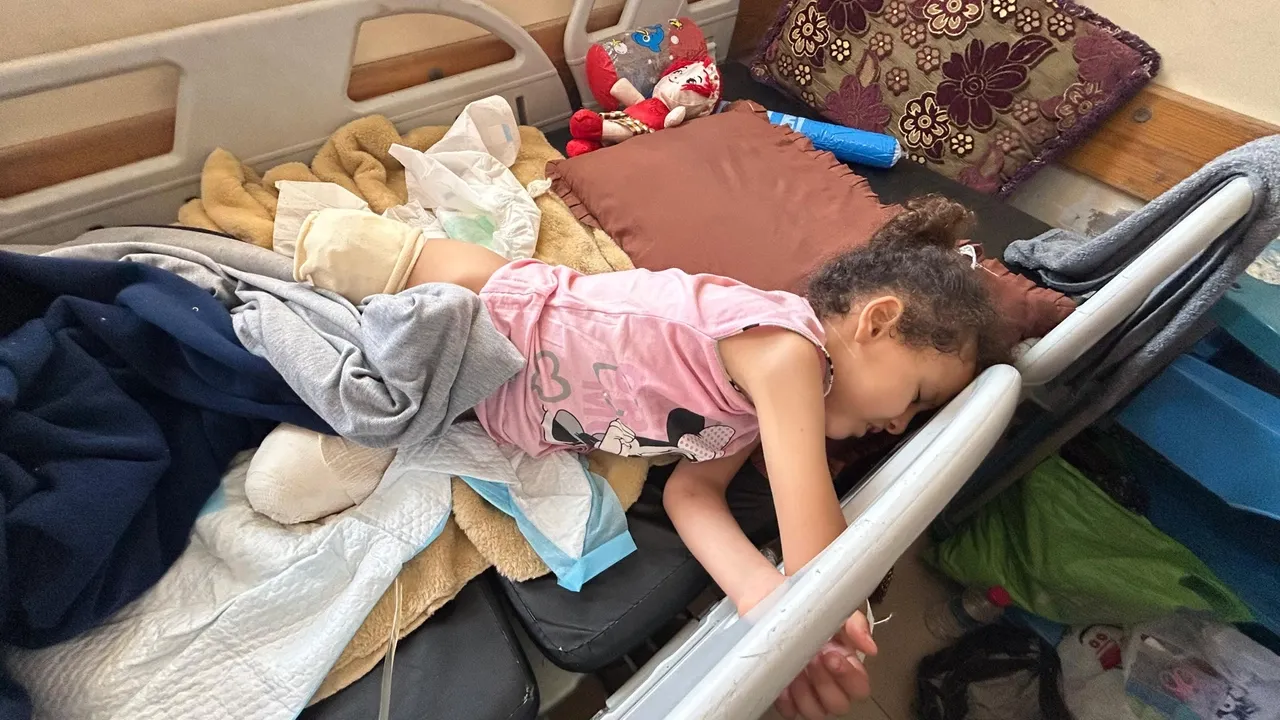

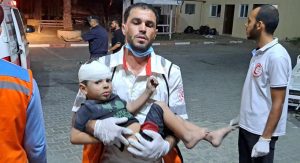
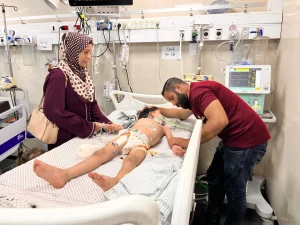
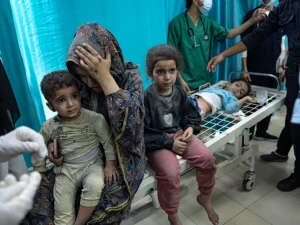
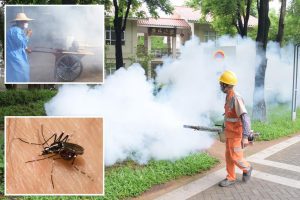
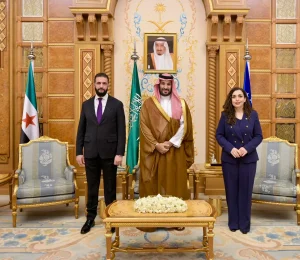
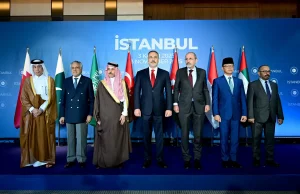


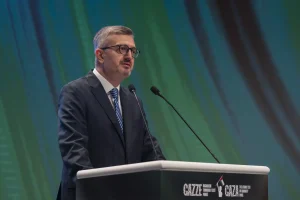
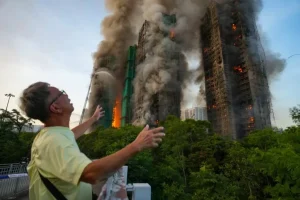
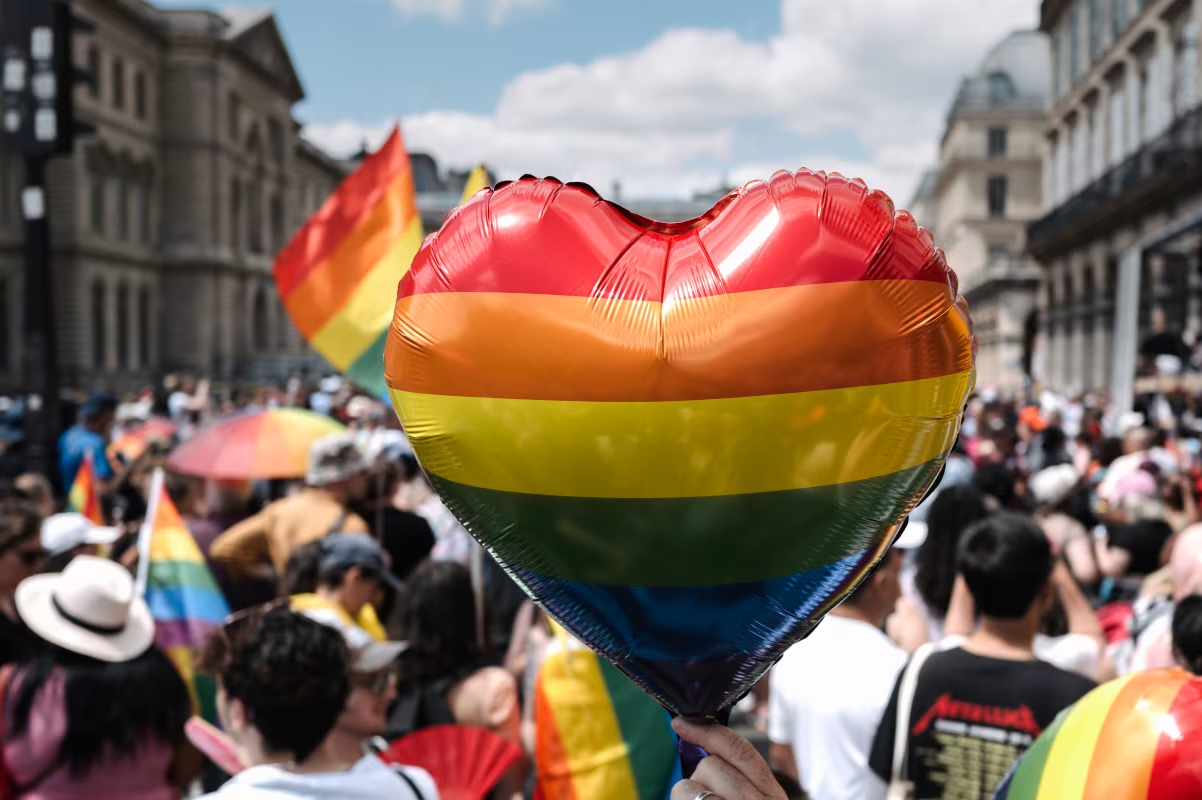

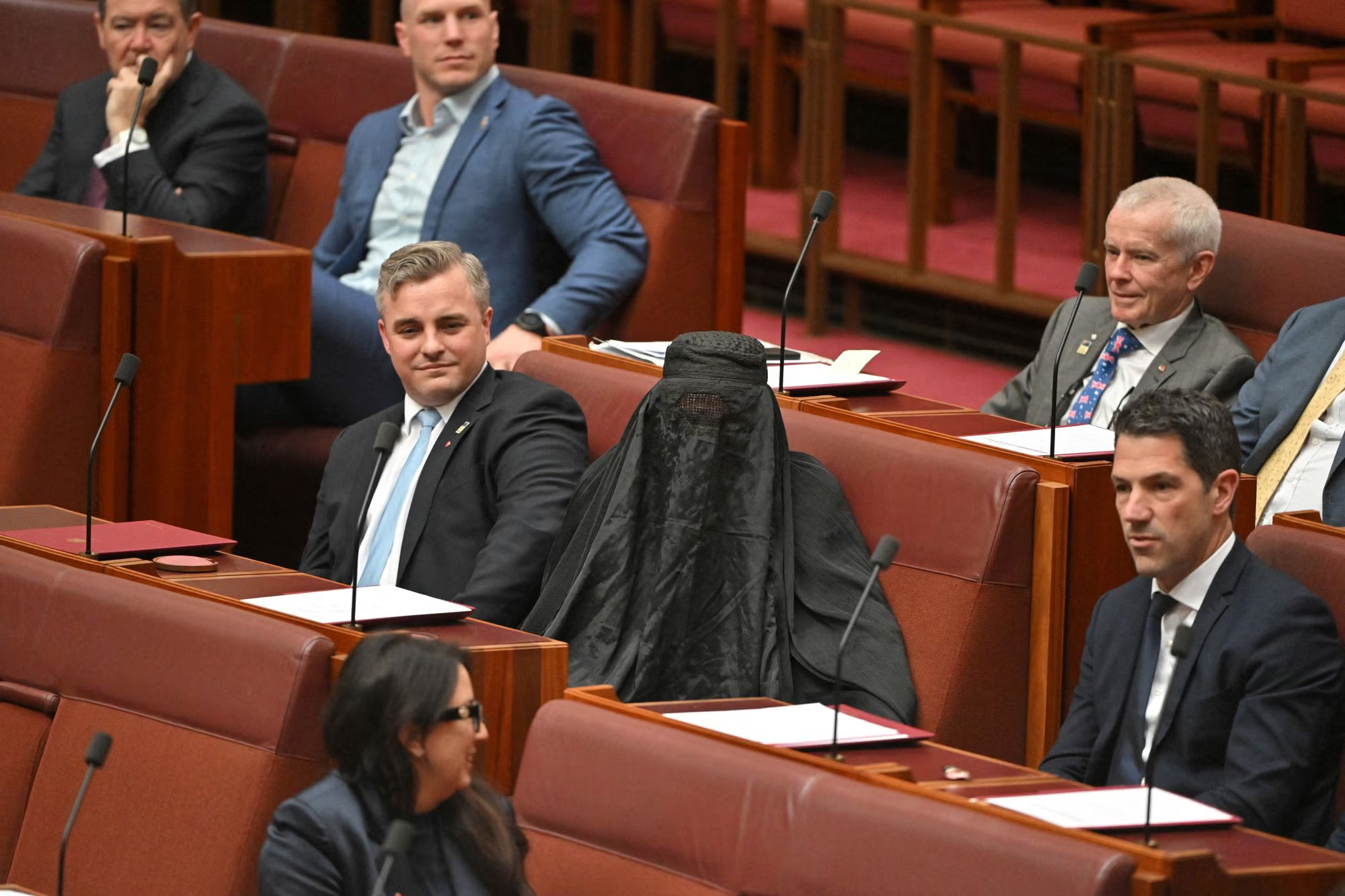


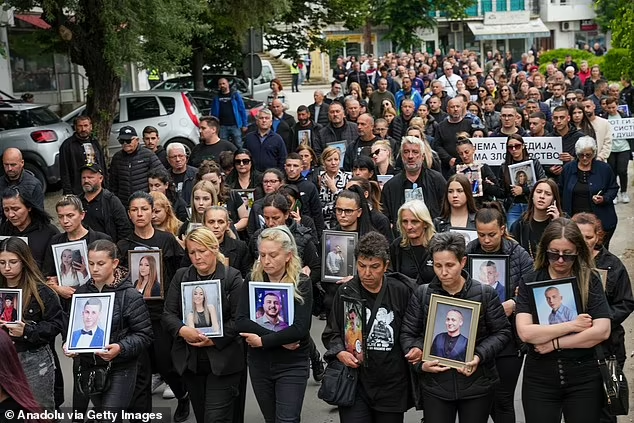

Comments are closed.